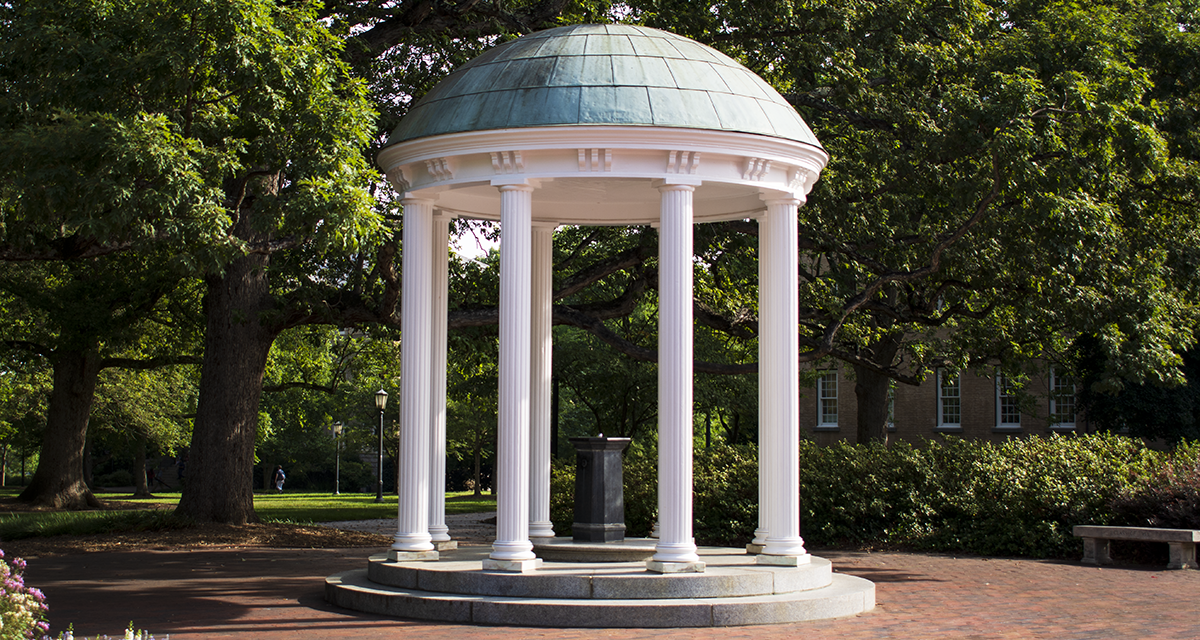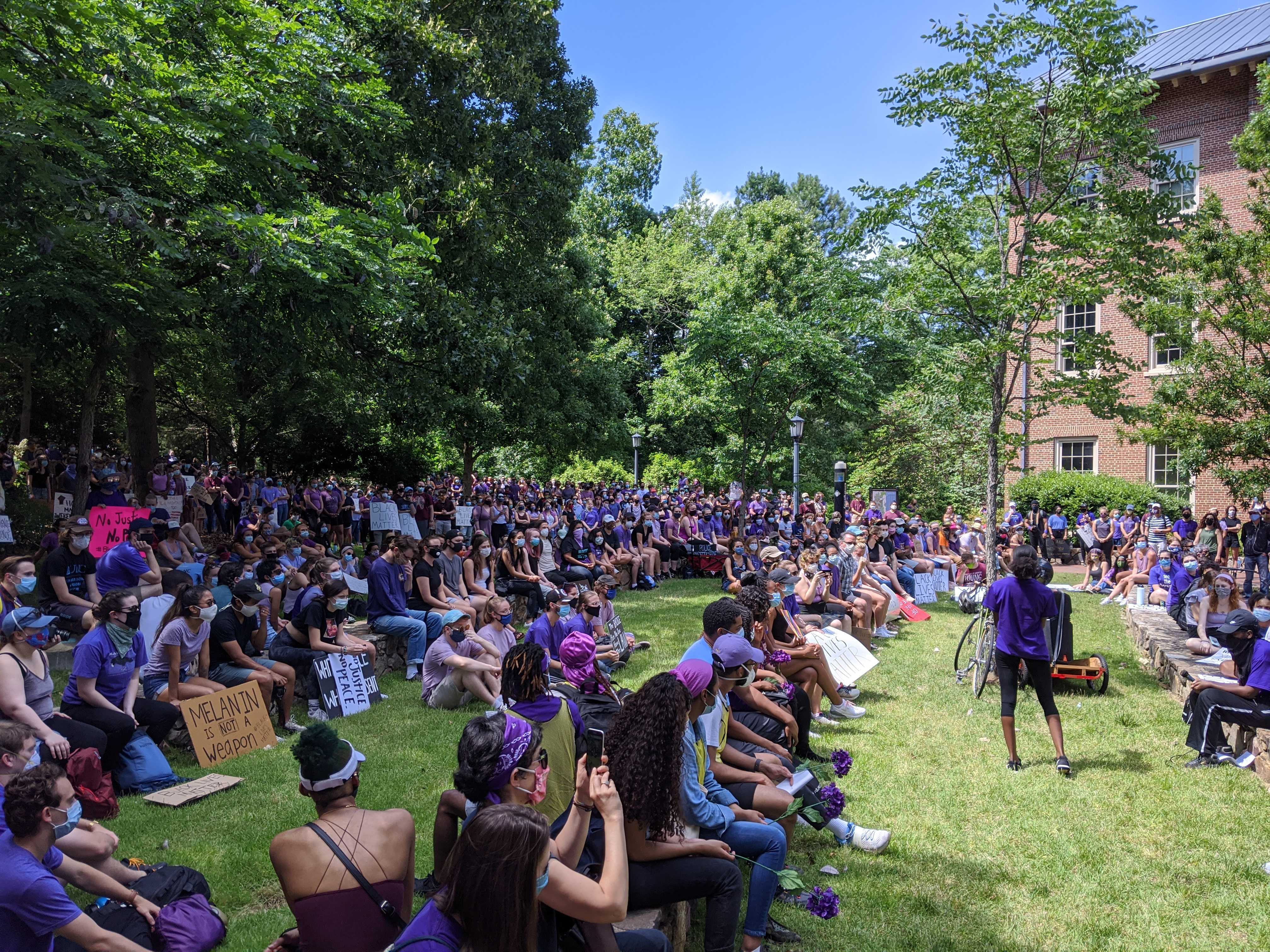A newly released book aims to “expose the plain and uncomfortable truth” veiled behind UNC’s picturesque campus while leading the way to restorative justice for people of color.
“To Drink from the Well: The Struggle for Racial Equality at the Nation’s Oldest Public University” is written by Geeta Kapur – a local civil rights and criminal defense lawyer and a two-time UNC alumna. On Tuesday, an event celebrating the book’s release was held on UNC’s campus, called the “Behind the Veil Ceremony.”
For Kapur, this book is the culmination of 11 years of research and represents a range of emotions that swing between love for her university and anger at being fed a false, rose-colored narrative while in school.
“Initially, I felt betrayed and to some degree I still feel betrayed because I did not learn the history that I’ve written about,” Kapur said. “I feel a mix of emotions. I feel angry – but I think at the end of it all, I realize now more than ever that this school belongs to people of color, and we should not leave. It’s our school. And not just because the buildings were built by our ancestors, but because the buildings have been maintained by our ancestors and our ancestors had to fight to be admitted here.”
Co-sponsored by the UNC Black Student Movement, the North Carolina NAACP, and the Chapel Hill-Carrboro NAACP, the ceremony was purposefully held near the Old Well and behind the university’s oldest dormitories.
Per the book’s synopsis, the University of North Carolina is the oldest public university in the U.S., with the cornerstone for the first dormitory, Old East, laid in 1793. At that groundbreaking ceremony, the enslaved people who would build that structure were not acknowledged, nor were they present. Kapur wrote that 158 years passed before Black students were admitted to the university in Chapel Hill, and it was another 66 years after that before students forcibly removed the long-criticized Confederate “Silent Sam” monument.
Conversations surrounding systemic racism on UNC’s campus have been highlighted over the past couple of years with the toppling of Silent Sam, the Black Lives Matter movement and the Nikole Hannah-Jones tenure controversy.
These events have pushed Carolina into the national spotlight and have sparked new debate on how to properly reckon with the university’s unjust past.
While revered in the state and the nation, Kapur said Carolina has been entwined with white supremacy and institutional racism throughout its history―and that struggle continues today.
“This university as the nation’s oldest public university sets a precedent for every other public university in the country,” Kapur said. “So, what they did with Nikole Hannah-Jones, the entire nation was watching, and it set an example for how public schools, public universities should deal with African American people who were up for tenure. Ultimately, I hope my book leads to healing. I obviously hope that it will start conversation here at the university about reckoning – having a full reckoning with their history and not hiding behind the veil anymore.”
She said this book pays homage to the enslaved ancestors and people of color who sacrificed for the next generations of Tar Heels, as well as those who are still left unnamed in unmarked graves around campus.
Had the chance to attend @GeetaNKapur's book launch on UNC's campus today.
Her narrative "To Drink from the Well: The Struggle for Racial Equality at the Nation's Oldest Public University" has been 11 years in the making.
Full story tomorrow. pic.twitter.com/W6GvIflcC9
— Elle Kehres (@EWchl) September 21, 2021
Speakers at Tuesday’s event also included Black Student Movement President Teddy Vann, NC NAACP President Reverend Dr. T. Anthony Spearman and UNC Student Body President Lamar Richards.
Richards said he thinks “To Drink from the Well” will serve as a new history book for the Carolina community and the south moving forward.
“I think the way we’ve told history is really based on the perspective of who’s narrating,” Richards said. “I think that this is a narration and perspective we’ve been missing for so long. I think this is, I would argue, the other side of the story. My grandma used to always say there’s three sides to every story: my version, your version, and the truth. And I think that this book is the truth.”
Chapelboro.com does not charge subscription fees. You can support local journalism and our mission to serve the community. Contribute today – every single dollar matters.











